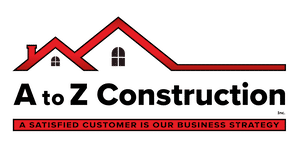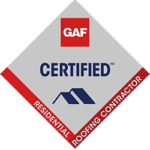What Is the Best Type of Roofing Underlayment for Asphalt Shingles?
When it comes to roofing, one crucial element often overlooked is the underlayment. Acting as a protective barrier between the roofing material and the decking, roofing underlayment plays a pivotal role in ensuring the longevity and durability of your roof. In this comprehensive guide, we’ll explore the significance of synthetic felt roofing underlayment and its unmatched water resistance capabilities.
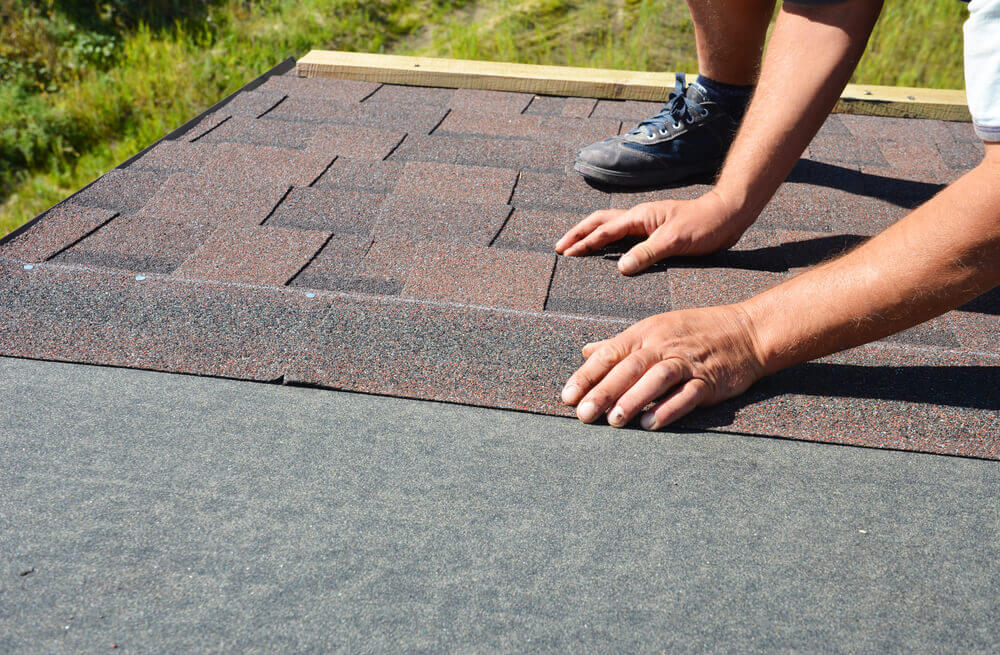
Understanding Synthetic Felt: A Superior Choice
Synthetic felt, also known as roofing felt or underlayment, is a modern alternative to traditional asphalt-saturated felt. Its popularity stems from its exceptional water resistance, making it a preferred choice for roofing projects across various climates. Unlike its asphalt counterpart, synthetic felt offers higher durability and longevity, ensuring optimal protection for your roof.
The Importance of Water Resistance
One of the primary functions of roofing underlayment is to shield the decking from water infiltration. Synthetic felt excels in this aspect, providing superior water resistance compared to conventional materials. By effectively repelling water, synthetic felt prevents moisture from seeping into the decking, thereby minimizing the risk of rot, mold, and structural damage.
Enhanced Protection for Your Roof Decking
The decking serves as the foundation for your roof, providing structural support and stability. However, exposure to moisture can compromise its integrity over time. Synthetic felt acts as a reliable barrier, safeguarding the decking from the harmful effects of water intrusion. With its high water resistance properties, synthetic felt ensures that your roof remains resilient and secure against the elements.
Choosing the Right Underlayment for Your Roof
When selecting roofing underlayment, it’s essential to consider factors such as climate, roof slope, and local building codes. Synthetic felt emerges as an ideal choice for its versatility and performance in various conditions. Whether you’re installing a new roof or replacing existing underlayment, opting for synthetic felt provides peace of mind knowing that your roof is well-protected.
Installation and Maintenance Tips
Proper installation and maintenance are crucial for maximizing the effectiveness of roofing underlayment. When installing synthetic felt, ensure that it is laid out evenly and securely, with overlapping seams to prevent water penetration. Additionally, regular inspections and maintenance routines can help identify any potential issues early on, allowing for timely repairs and prolonging the lifespan of your roof.
Conclusion
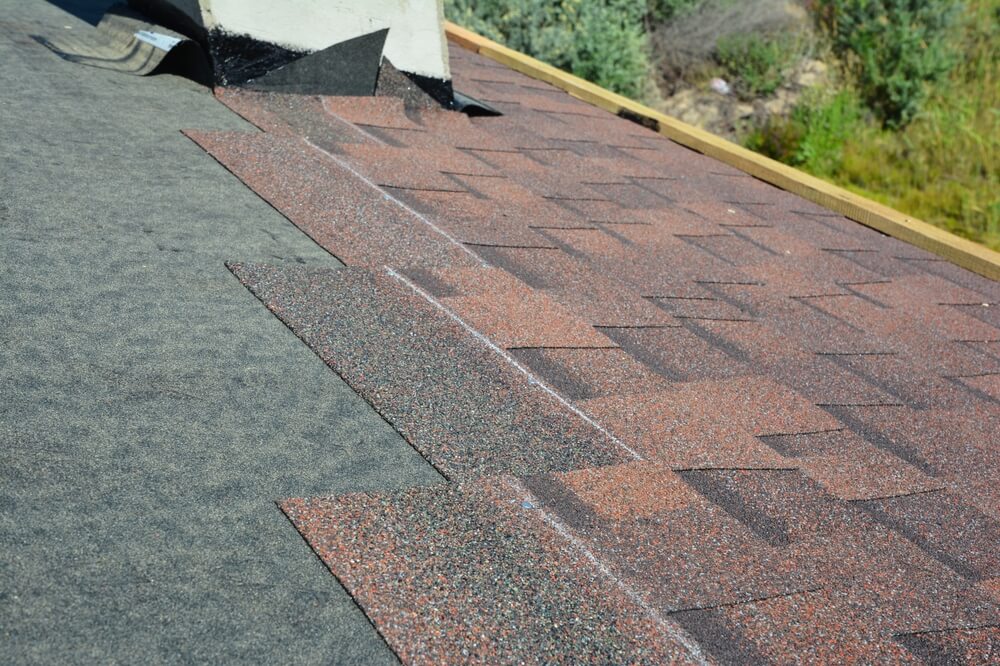
Roofing underlayment, particularly synthetic felt, plays a vital role in safeguarding your roof against water damage and prolonging its lifespan. With its superior water resistance and durability, synthetic felt offers unmatched protection for your roof decking, ensuring peace of mind for years to come. When planning your next roofing project, prioritize the use of synthetic felt underlayment to secure the longevity and integrity of your roof. Contact A to Z Construction today to schedule your consultation and ensure a reliable roofing solution.
What Are the Best Roofing Materials for Severe Weather Conditions?
In the realm of home maintenance, few things are as crucial as the materials that make up your roof. The right roofing materials can mean the difference between a secure, long-lasting shelter and constant repairs due to weather damage. Today, we’ll explore some of the best roofing materials on the market, considering their durability and resilience against various elements.
Slate Roof: A Time-Tested Defender
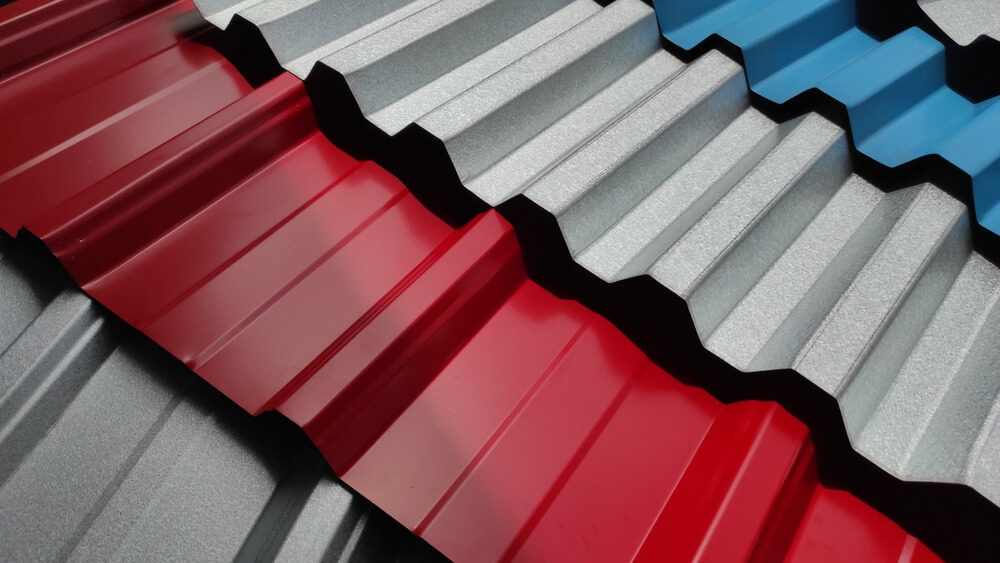
Slate roofs stand out as one of the top contenders in the roofing material arena. When it comes to defending your home against hail storms, few options rival the robustness of slate. Its natural composition makes it adept at deflecting hail and enduring harsh weather conditions. The durability of slate ensures that your roof remains steadfast against the elements, providing reliable protection for years to come.
Metal Roofs: Longevity and Resilience
Metal roofs present another formidable option for homeowners seeking durability. While they may sustain damage under extreme circumstances, such as severe hail storms, they boast an impressive lifespan. Unlike traditional asphalt shingles, metal roofs can endure without leaking for extended periods, offering peace of mind amidst inclement weather. Their resilience against wear and tear makes them a worthy investment for homeowners looking for long-term solutions.
The Impact of Hail on Asphalt Shingles
Asphalt shingles, although common, are more susceptible to damage from hail storms. When hailstones pummel these shingles, they dislodge granules and expose the underlying asphalt to the elements. Over time, this exposure leads to deterioration, compromising the roof’s ability to repel water. In regions like Minnesota, where weather patterns fluctuate dramatically, this deterioration process can accelerate, leaving homeowners vulnerable to leaks and structural damage.
Understanding Minnesota Weather Challenges
In states like Minnesota, where residents experience a diverse range of weather conditions, the choice of roofing materials becomes paramount. The combination of sun, snow, and rain puts immense pressure on roofs, necessitating materials that can withstand such fluctuations. Opting for robust roofing materials becomes not just a matter of preference but a practical decision to safeguard your home against the elements.
Navigating Insurance Claims After Storm Damage
After enduring a hail storm, homeowners often grapple with the aftermath, including potential damage to their roofs. While some may not notice immediate leaks, the underlying issues can manifest over time, leading to costly repairs. Navigating insurance claims in the wake of such events can be challenging, with limitations on filing periods and the need for timely assessments. Homeowners need to understand their coverage and act promptly to address any storm-related damages.
Conclusion
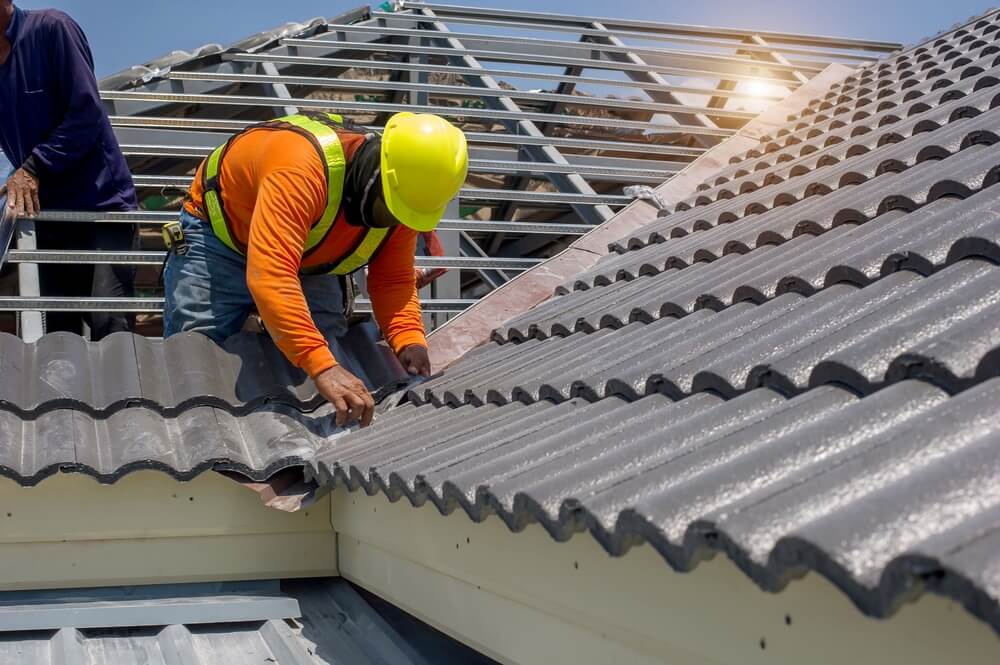
Selecting the right roofing materials is paramount to protecting your home from the elements. Whether you opt for the enduring strength of slate, the resilience of metal, or the affordability of asphalt shingles, each choice carries implications for your home’s longevity and safety. By considering the unique challenges posed by your local climate and investing in durable materials, you can fortify your home against whatever nature throws its way. If you need guidance in making the best choice for your property, don’t hesitate to contact A to Z Construction today for expert advice and assistance.
What Are the Common Issues Found During Roof Inspection?
In the wake of severe storms, homeowners often find themselves facing unexpected challenges, one of the most common being issues found during roof inspection. These examinations, typically prompted by the aftermath of intense weather conditions, reveal a range of problems that can compromise the integrity of the roof and, consequently, the safety and comfort of the home. Let’s explore some of the prevalent issues encountered during roof inspections and their implications.
Damage to Shingles

One of the primary concerns identified during roof inspections is damage to shingles. When severe storms sweep through an area, they can wreak havoc on the roof, causing significant harm to the shingles. Among the most frequently observed forms of damage are missing shingles, a glaring indication of the force with which the storm struck. In such cases, immediate action is necessary to prevent further deterioration and potential leakage. Roofing professionals may need to employ temporary measures, such as tarping, to safeguard the affected areas and mitigate the risk of water intrusion.
Granular Loss
Another common issue detected during roof inspections is granular loss. This phenomenon occurs when the protective granules embedded in the shingles are dislodged due to the impact of severe weather. As rain, hail, or debris pummels the roof, it can strip away these granules, leaving the underlying shingles vulnerable to deterioration. The loss of granules not only compromises the aesthetic appeal of the roof but also undermines its longevity. Without adequate granular protection, the shingles are more susceptible to UV damage, moisture penetration, and premature aging, hastening the need for repairs or replacement.
Impact Damage
In addition to granular loss, roof inspections often reveal evidence of impact damage. This type of damage manifests as bruising or indentations on the surface of the shingles, indicating direct contact with external objects during a storm. Whether it’s hailstones battering the roof or debris propelled by strong winds, these impacts can leave lasting storm damage that compromise the structural integrity of the shingles. Over time, the cumulative effect of such damage can weaken the roof’s ability to withstand future storms, necessitating prompt remediation to reinforce its defenses against inclement weather.
Shortened Lifespan
One of the consequences of the aforementioned issues is the shortened lifespan of the roof. When left unchecked, damage to shingles, granular loss, and impact damage collectively contribute to the accelerated deterioration of the roof system. What was once a robust and resilient barrier against the elements becomes increasingly fragile and susceptible to further harm. As a result, the anticipated lifespan of the roof is significantly reduced, necessitating premature repairs or replacement to ensure the long-term integrity of the structure.
Preventative Measures
While issues found during roof inspection can be disconcerting, proactive measures can help mitigate their impact and preserve the structural integrity of the roof. Regular inspections, conducted by qualified roofing professionals, enable early detection of potential issues, allowing for timely intervention and preventative maintenance. By addressing minor concerns before they escalate into major problems, homeowners can prolong the lifespan of their roofs and safeguard their homes against the destructive forces of nature.
Conclusion
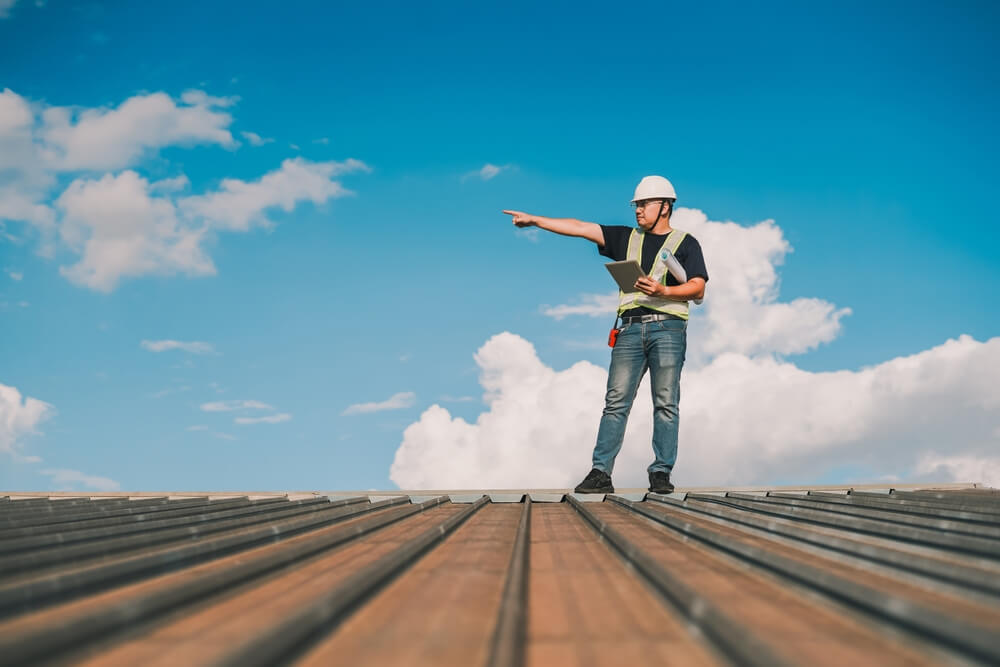
Issues found during roof inspection are a common consequence of severe storms and adverse weather conditions. From damage to shingles and granular loss to impact damage and shortened lifespan, these issues underscore the importance of proactive roof maintenance and timely repairs. By staying vigilant and addressing roofing issues promptly, homeowners can protect their investments and ensure the long-term durability of their homes. For expert assistance, homeowners can confidently contact A to Z Construction today.
What Are the Common Causes of Premature Roof Failure?
Is your roof showing signs of premature wear and tear? Are you experiencing unexpected leaks or missing shingles after a storm? You might be dealing with premature roof failure, a common issue that can significantly shorten the lifespan of your roof. In this guide, we’ll explore the causes of premature roof failure and discuss practical solutions to protect your home from damage.
The Impact of Hail on Roof Health
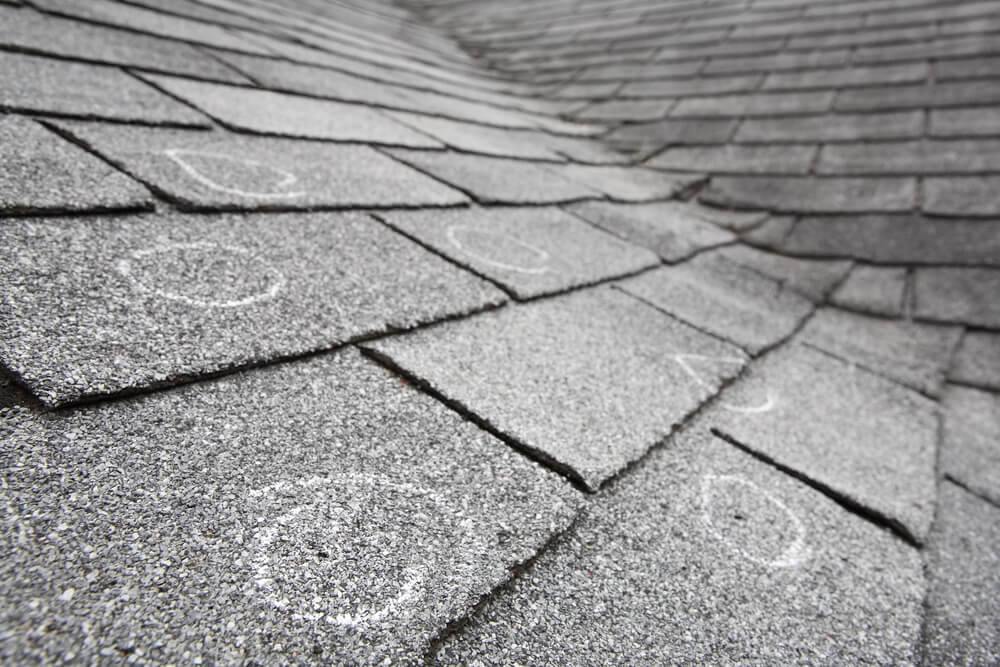
Hailstorms can wreak havoc on your roof, causing significant granular loss and damage. When hail strikes, it acts like a deep tissue massage for your roof, loosening up granules on the shingles. This granular loss weakens the integrity of the roof, making it more susceptible to further damage from rain, snow, or heavy winds.
Understanding the Effects of Wind Storms
Severe wind storms can exacerbate the problem of premature roof failure. Missing shingles, often a result of strong winds, create vulnerable spots on the roof where leaks can occur. These leaks not only compromise the structural integrity of the roof but can also lead to water damage inside your home.
Identifying Signs of Premature Roof Failure
Recognizing the early warning signs of premature roof failure is essential for taking proactive measures to address the issue. Keep an eye out for:
- Granular loss: Check your gutters and downspouts for an accumulation of granules, indicating wear and tear on your roof.
- Missing shingles: Inspect your roof after a storm for any missing or damaged shingles that may need to be replaced.
- Leaks: Look for water stains or moisture in your attic or ceilings, which could indicate a leaky roof.
- Sagging or drooping areas: If you notice any areas of your roof that appear to be sagging or drooping, it could be a sign of underlying structural damage.
Preventing Premature Roof Failure
While it’s impossible to completely eliminate the risk of premature roof failure, there are steps you can take to minimize the likelihood of damage:
- Regular maintenance: Schedule regular inspections and maintenance to identify and address potential issues before they escalate.
- Prompt repairs: Address any damage or missing shingles promptly to prevent further deterioration of the roof.
- Upgrading materials: Consider investing in high-quality roofing materials that are designed to withstand extreme weather conditions.
- Reinforcing weak spots: Reinforce vulnerable areas of your roof, such as valleys and eaves, to minimize the risk of leaks and damage.
Conclusion
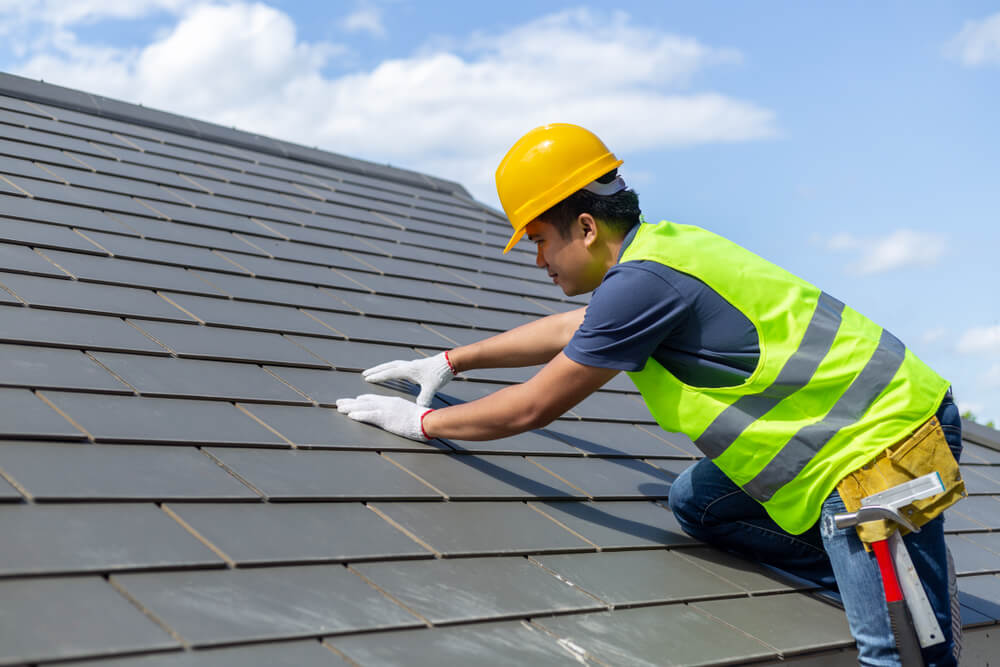
Premature roof failure can pose significant challenges for homeowners, jeopardizing the integrity of their homes and incurring costly repairs. Understanding the underlying causes, such as hail and windstorm damage, is crucial in mitigating the risk of premature failure. By taking proactive measures such as regular inspections, timely repairs, and investing in quality roofing materials, homeowners can safeguard their investment and ensure the longevity of their roof. Remember, early detection and preventive maintenance are key to protecting your home from premature roof failure. If you need assistance with roof inspections or repairs, don’t hesitate to contact A to Z Construction today for reliable and professional service.
What Are the Most Popular Roof Shingle Colors in 2024?
In the realm of home design, one often overlooked yet crucial element is the color of roof shingles. While they may seem like a minor detail, the color of your roof shingles can significantly impact the overall aesthetic of your home. In 2024, as with every year, homeowners are faced with a myriad of choices when it comes to selecting the perfect hue for their roof. Let’s explore some of the prevalent trends and popular options in roof shingle colors for 2024.
The Importance of Roof Shingle Colors
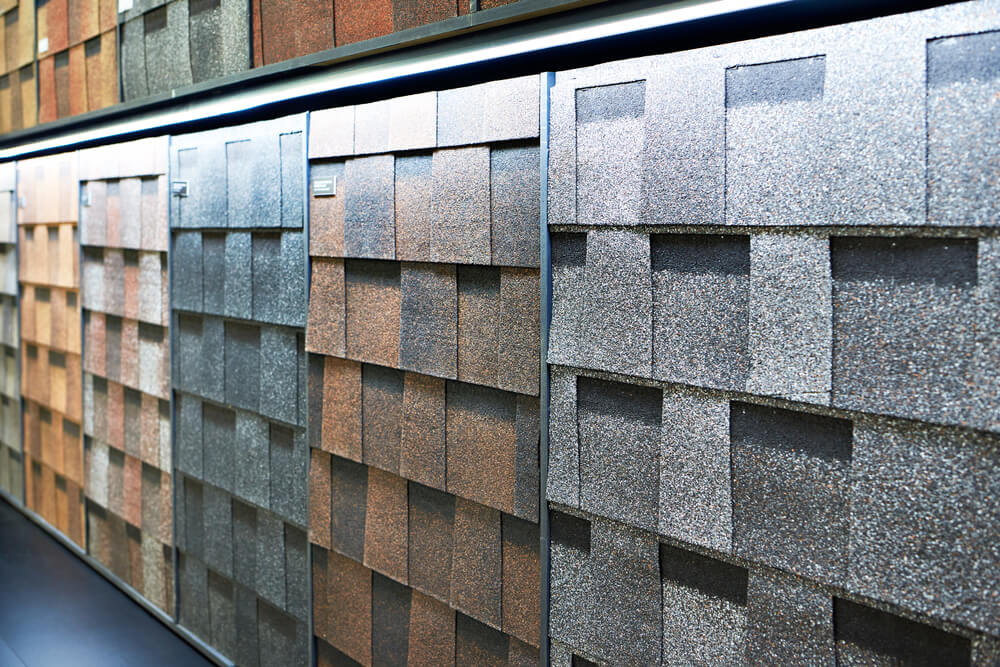
Enhancing Curb Appeal
The color of your roof shingles plays a vital role in enhancing the curb appeal of your home. It can either complement or clash with the exterior color scheme, making a significant difference in the overall look and feel of your property. In 2024, homeowners are paying more attention than ever to selecting the perfect roof shingle color to elevate the visual appeal of their homes.
Reflecting Personal Style
Your choice of roof shingle color is a reflection of your style and taste. Whether you prefer classic neutrals or bold, contemporary hues, there’s a myriad of options available to suit every homeowner’s aesthetic preferences. In 2024, homeowners are increasingly opting for colors that enhance their homes’ appearance and resonate with their sense of style.
Popular Roof Shingle Colors in 2024
Stone Gray: A Timeless Choice
One of the perennial favorites among homeowners is stone gray roof shingles. This classic hue, such as the Stone Gray option from Owens Corning, offers a timeless appeal that never goes out of style. In 2024, stone gray continues to be a popular choice for its versatility and ability to complement a wide range of exterior color schemes.
Embracing Grayer Tones
While stone gray remains a staple choice, many homeowners are gravitating towards grayer tones for their roof shingles in 2024. Shades of gray, ranging from lighter hues to deeper charcoal tones, offer a modern yet understated look that pairs well with contemporary home designs. This shift towards grayer tones reflects the ongoing trend toward minimalist and monochromatic aesthetics in home design.
Bold and Dramatic: Black Shingles
In recent years, there has been a notable rise in the popularity of black roof shingles, and this trend continues to gain momentum in 2024. Black shingles, such as the Onyx Black option from Owens Corning, exude a bold and dramatic aesthetic that adds instant curb appeal to any home. Many homeowners are drawn to the sleek and sophisticated look of black shingles, particularly for newer homes with modern architectural styles.
Exploring Browner Tones
In addition to gray and black shingles, browner tones are also making a statement in 2024. Shades of brown, ranging from warm caramel hues to rich chocolate tones, offer a traditional yet inviting look that complements various home styles. Browner shingles add warmth and character to the exterior of your home, creating a welcoming atmosphere that beckons visitors inside.
Conclusion
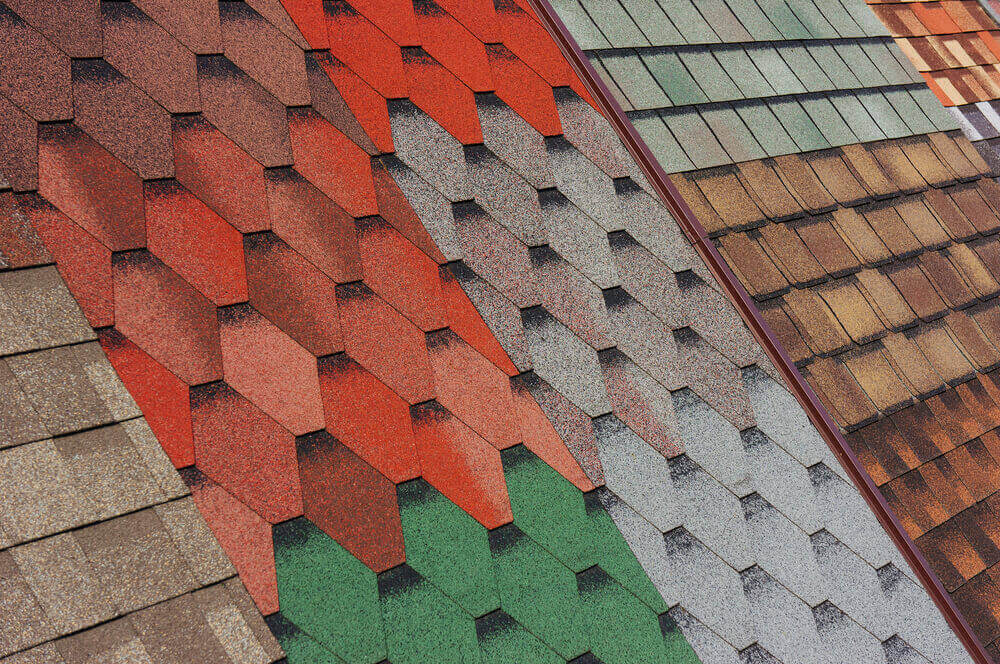
The choice of roof shingle color is a crucial decision that can significantly impact the overall aesthetic of your home. In 2024, homeowners have a plethora of options to choose from, ranging from classic neutrals like stone gray to bold and dramatic hues like black. Whether you prefer timeless elegance or contemporary flair, there’s a perfect roof shingle color to suit every style and preference. So, as you embark on your home improvement journey, consider the latest trends and popular choices in roof shingle colors to elevate the look of your home and make a lasting impression in your neighborhood. And remember, for expert guidance and assistance, don’t hesitate to contact A to Z Construction today.
What Are the Pros and Cons of Asphalt Shingles?
In the realm of roofing materials, asphalt shingles stand out as a popular choice for homeowners seeking a balance between aesthetic appeal, cost-effectiveness, and durability. In this comprehensive guide, we’ll explore the diverse palette of colors available, delve into the pricing considerations, and weigh the pros and cons of this ubiquitous roofing option.
The Color Spectrum of Asphalt Shingles
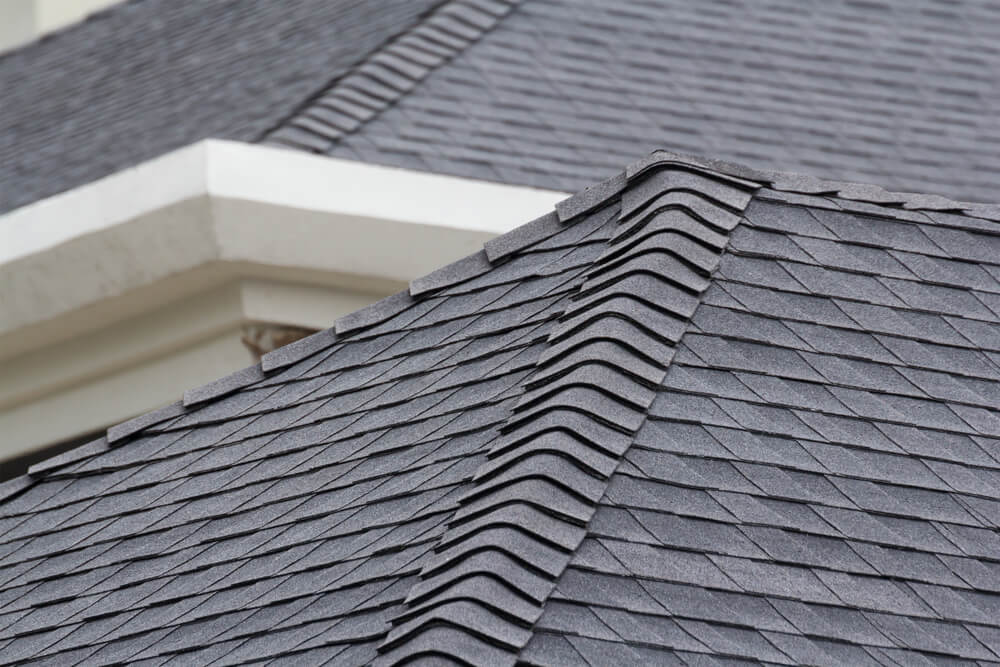
When it comes to enhancing the curb appeal of your home, the color of your roofing shingles plays a crucial role. Asphalt shingles offer a myriad of color options, allowing homeowners to express their unique style preferences. From earthy tones to vibrant hues, there’s a color to complement every architectural design and personal taste.
Finding Your Perfect Shade
Whether you prefer the timeless elegance of charcoal gray, the warmth of autumn red, or the crispness of Arctic white, asphalt shingles provide a versatile canvas for your exterior design aspirations. With the ability to mimic the look of more expensive roofing materials such as wood or slate, asphalt shingles offer a cost-effective way to achieve your desired aesthetic.
Pricing Considerations: Affordability at its Core
One of the primary advantages of asphalt shingles is their affordability relative to other roofing options. Compared to metal roofs or premium materials like slate, asphalt shingles come with a significantly lower price tag, making them accessible to a wide range of homeowners.
Balancing Cost and Longevity
While asphalt shingles may be more budget-friendly upfront, it’s essential to consider their lifespan in the overall cost equation. While they may not boast the same longevity as metal or slate, asphalt shingles still offer a respectable lifespan, especially when properly maintained. However, it’s worth noting that over time, asphalt shingles may experience granule loss, which can impact their appearance and performance.
Pros and Cons: Weighing the Benefits and Drawbacks
Like any roofing material, asphalt shingles come with their own set of advantages and disadvantages. Understanding these can help you make an informed decision about whether asphalt shingles are the right choice for your home.
Pros: A Closer Look
- Variety of Colors: Asphalt shingles offer a wide array of colors to suit diverse design preferences.
- Affordability: Compared to alternatives like metal roofing, asphalt shingles are a more budget-friendly option.
Cons: Considerations to Keep in Mind
- Limited Lifespan: While cost-effective, asphalt shingles may not last as long as other roofing materials.
- Granule Loss: Over time, asphalt shingles may experience granule loss, affecting their appearance and performance.
Conclusion
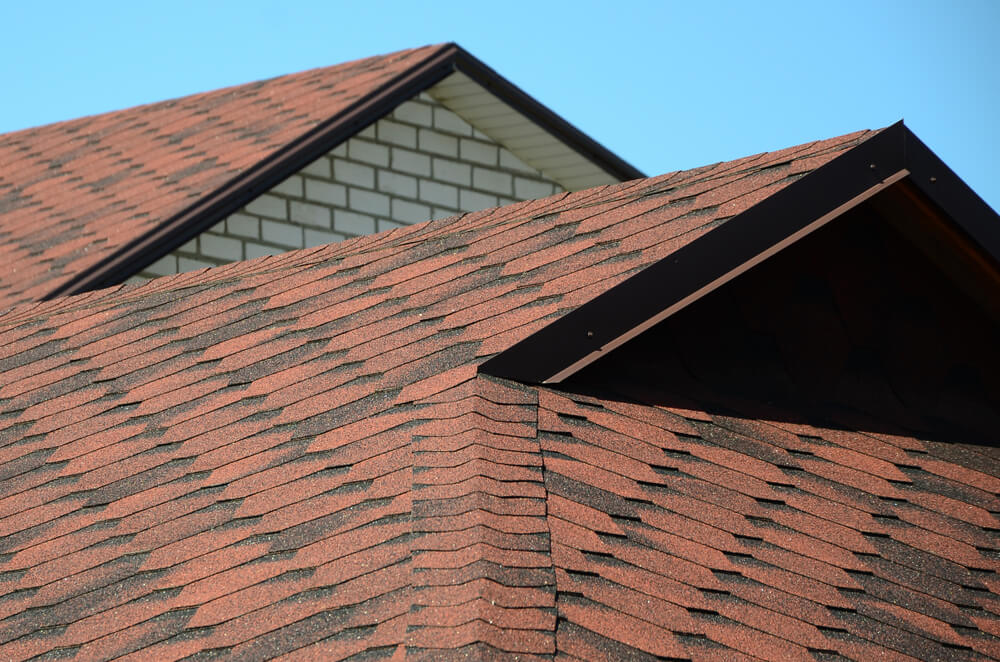
Asphalt shingles present a compelling option for homeowners seeking a balance of affordability, versatility, and durability in their roofing material. With a spectrum of colors to choose from and competitive pricing, asphalt shingles offer a practical solution for protecting and enhancing your home for years to come. If you’re ready to explore your options further, don’t hesitate to contact A to Z Construction today for expert guidance and installation services.
What Should Be Included in a Roofing Estimate?
When it comes to maintaining or replacing your roof, one of the crucial steps is understanding the roofing estimate. This document outlines the scope of work and associated costs, providing valuable insights into the project. In this guide, we’ll explore the various components of a roofing estimate for your home’s roof and shed light on the essential factors that influence pricing.
The Basics of a Roofing Estimate
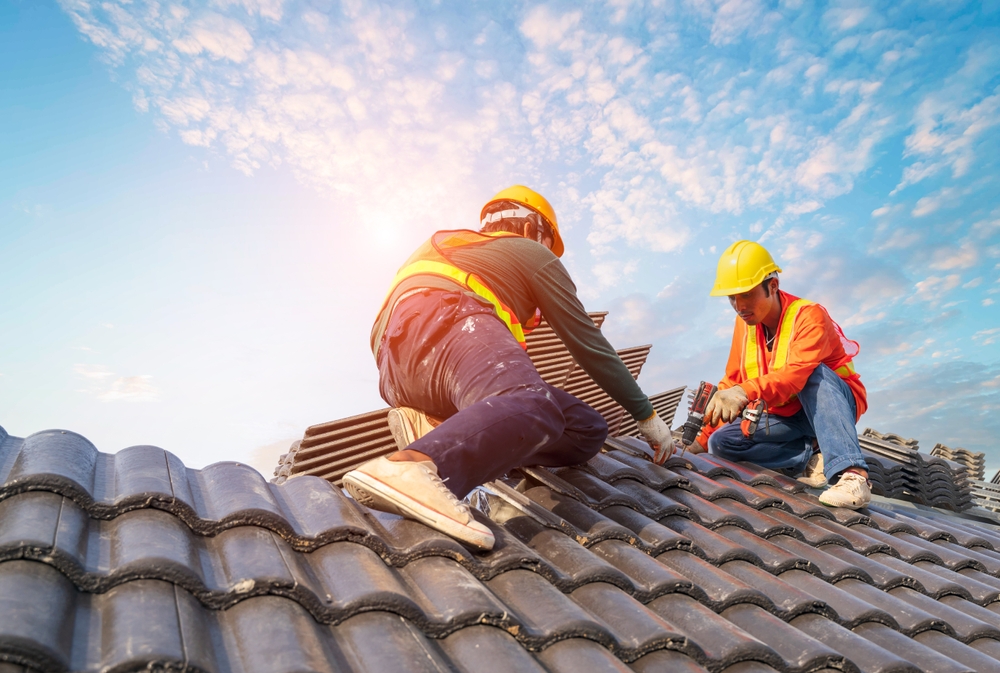
A roofing estimate typically includes several fundamental elements that outline the necessary materials and labor required for the project. Among these essentials are underlayment, which acts as a protective barrier between the roof deck and shingles. Synthetic felt and ice and water barriers are common types of underlayment used to enhance durability and weather resistance.
Exploring Key Components
In addition to underlayment, a roofing estimate may specify other critical components such as valleys, drip edges, and shingles. Valleys play a vital role in channeling water away from vulnerable areas of the roof, while drip edges help prevent water from seeping into the underlying structure. Shingles, available in various materials and styles, form the outermost layer of protection against the elements.
Understanding Additional Features
Beyond the basics, a roofing estimate may include various additional features and accessories to optimize performance and functionality. Turtle vents, for instance, facilitate proper attic ventilation, helping regulate temperature and moisture levels. Ridge vents serve a similar purpose, promoting air circulation to prevent moisture buildup and mold growth.
Exploring Smaller Pieces
In addition to vents, smaller pieces such as ridge caps and flashing may be specified in the roofing estimate. Ridge caps provide a finished look along the peaks of the roof, while flashing helps waterproof joints and transitions between different surfaces. These smaller components play a crucial role in ensuring the integrity and longevity of the roof system.
Factors Influencing the Estimate
Several factors can influence the cost of a roofing estimate, ranging from the size and complexity of the roof to the chosen materials and accessories. Additionally, local labor rates, market conditions, and any necessary permits or inspections may impact the overall pricing. It’s essential to consider these factors carefully when reviewing a roofing estimate to ensure an accurate assessment of the project’s cost.
Assessing Your Roof’s Needs
Before obtaining a roofing estimate, it’s advisable to assess your roof’s condition and identify any existing issues or potential areas of concern. By conducting a thorough inspection, you can provide contractors with valuable information to generate a more precise estimate. Additionally, communicating your preferences and priorities can help tailor the estimate to meet your specific needs and budget.
Conclusion

A roofing estimate serves as a valuable tool for homeowners and contractors alike, outlining the scope of work and associated costs for a roofing project. By understanding the essential components and factors that influence pricing, you can make informed decisions and ensure the success of your roofing endeavor. Whether you’re considering repairs, replacements, or upgrades, a comprehensive roofing estimate provides the clarity and confidence you need to move forward with your project. For further inquiries or to schedule a consultation, feel free to contact A to Z Construction today.
What Is a Storm Chaser and How Do I Spot One?
In recent years, the term “storm chaser” has gained notoriety, especially in regions prone to severe weather phenomena. These individuals or groups are often quick to appear in the aftermath of a destructive storm, offering services and assistance to affected communities. But who exactly are these storm chasers, and what signs should you be aware of to spot them?
Unveiling the Storm Chaser Phenomenon
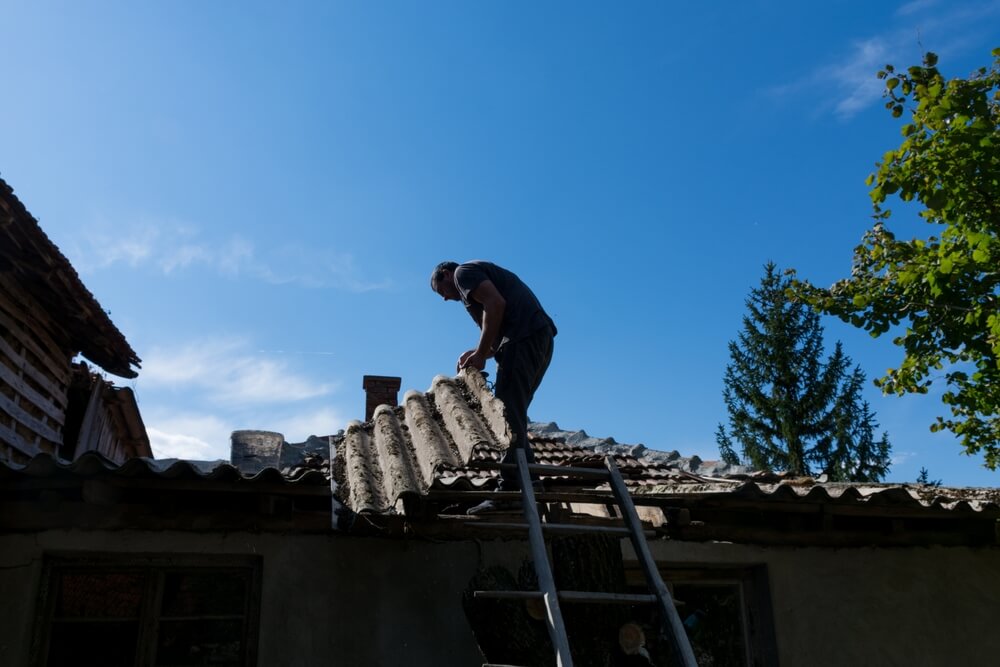
Who Are Storm Chasers?
Storm chasers, as the name suggests, are individuals or teams who actively pursue severe weather events, such as tornadoes, hurricanes, or hailstorms. While some operate independently, others are affiliated with specific companies, either from out of state or newly established within the affected area.
Signs of a Storm Chaser
One telltale sign of a storm chaser is their license plates, often from states far from the impacted region. Are plates from Florida or California popping up in Minnesota post-storm? It’s a red flag worth noting. These individuals might approach homeowners, offering to repair storm damage, particularly residential roofs, without a local license plate, a practice that should raise caution.
Cautionary Tales: Beware of Impostors
Spotting the Red Flags
Imagine a contractor showing up at your doorstep, offering to fix your storm-damaged roof, but their license plate doesn’t match your state. This scenario screams “storm chaser alert.” Exercise extreme caution when dealing with such entities, as their promises may not hold weight in the long run.
The Risks of Dealing with Storm Chasers
Newly formed companies, often springing up in the wake of a severe storm, might lack the stability and longevity needed to honor the warranties and guarantees they offer. It’s a common practice for these fly-by-night operations to vanish within a year or two, leaving homeowners stranded with subpar workmanship and unmet assurances.
Steering Clear of Storm Chasers: Tips for Homeowners
Do Your Due Diligence
Before engaging with any contractor offering storm-related services, conduct thorough research. Check their credentials, verify their local presence, and inquire about their experience and track record. Reputable companies will have a solid reputation within the community and will readily provide references upon request.
Seek Local Expertise
Opting for local contractors not only ensures accountability but also facilitates easier communication and follow-up in case of any issues down the line. Local businesses have a vested interest in maintaining their reputation within the community, making them a safer bet for quality workmanship and reliable service.
Don’t Rush Into Decisions
In the aftermath of a storm, emotions can run high, and the urgency to repair damages may lead to hasty decisions. Take your time to assess your options, gather multiple quotes, and weigh the pros and cons before committing to any contractor. Remember, a reputable company will never pressure you into making a snap decision.
Stay Informed and Vigilant
Educating yourself about common storm chaser tactics and warning signs is key to protecting yourself from potential scams and shoddy workmanship. By staying informed and remaining vigilant, you can safeguard your home and finances from unscrupulous individuals seeking to capitalize on disaster.
Conclusion
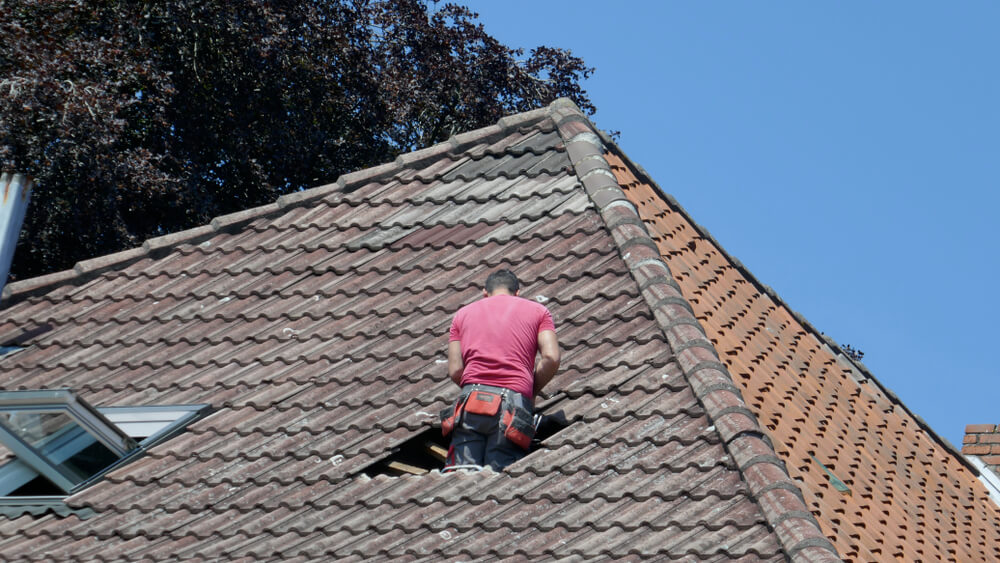
In the wake of a severe storm, amidst the chaos and destruction, opportunistic individuals may attempt to exploit vulnerable homeowners in need of repairs. By familiarizing yourself with the signs of a storm chaser and exercising caution when selecting contractors, you can safeguard your home and avoid falling victim to potential scams. Remember, when it comes to storm-related repairs, it pays to be vigilant and discerning. For professional help, reach out and contact A to Z Construction today.
How Much Does Storm Damage Roof Repair Cost?
Severe weather conditions can wreak havoc on your home, especially on its most crucial protective layer – the roof. When faced with storm damage, prompt and effective repair is essential to maintain the structural integrity and safety of your house. In this comprehensive guide, we’ll explore the various factors that can impact the cost and process of storm damage roof repair, empowering you to make informed decisions and safeguard your home against future weather-related challenges.
Understanding the Variables
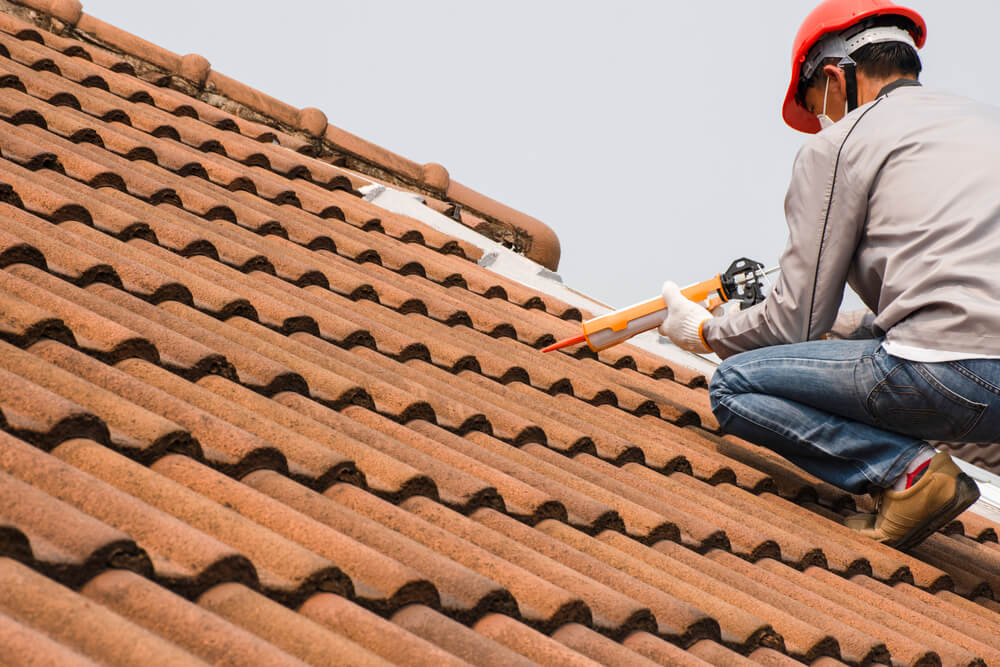
Roof Characteristics
The extent of storm damage roof repair can vary depending on several factors inherent to your roof’s structure. The steepness of the roof, the number of squares it encompasses, and its overall size all play significant roles in determining the repair process and associated costs. Larger homes often entail more extensive repairs, while smaller structures may require less extensive interventions.
Roofing Materials
The type of roofing material also influences the repair process and cost considerations. If your roof is adorned with asphalt shingles, repairs may be more affordable compared to those involving metal, slate, or clay roofs. Asphalt shingles are commonly regarded as the most cost-effective option for homeowners, offering a favorable balance between durability and affordability.
Brand and Quality
Additionally, the brand and quality of the roofing materials utilized can impact repair expenses. Higher-quality shingles may withstand storm damage more effectively, potentially reducing the frequency and severity of repairs over time. However, opting for premium materials may initially incur higher costs but could yield long-term savings by minimizing the need for frequent repairs.
Assessing Storm Damage
Visual Inspection
After a severe storm, it’s crucial to conduct a thorough visual inspection of your roof to assess any potential damage. Look for signs of missing or damaged shingles, sagging areas, or water leaks in the attic. Even seemingly minor issues can escalate if left unaddressed, leading to more extensive and costly repairs down the line.
Professional Evaluation
While a visual inspection can provide valuable insights, it’s advisable to enlist the expertise of a professional roofing contractor for a comprehensive assessment. Experienced professionals can identify hidden damage, assess the overall condition of your roof, and recommend suitable repair solutions tailored to your specific needs and budget.
The Repair Process
Temporary Measures
In some cases, temporary repairs may be necessary to mitigate immediate risks and prevent further damage. These interim solutions may include tarping damaged areas or applying sealants to temporarily seal leaks until permanent repairs can be undertaken.
Permanent Solutions
Once the extent of the damage has been determined, your roofing contractor will proceed with permanent repair measures. This may involve replacing missing or damaged shingles, repairing underlying structural issues, and reinforcing vulnerable areas to enhance durability and resilience against future storms.
Cost Considerations
Budgeting Wisely
Storm damage roof repair costs can vary widely depending on the extent of the damage, the choice of materials, and the complexity of the repair process. By obtaining multiple quotes from reputable roofing contractors and prioritizing essential repairs, you can effectively manage costs while ensuring the long-term integrity of your roof.
Insurance Coverage
In many cases, homeowners’ insurance policies may provide coverage for storm damage roof repairs. Review your policy carefully to understand the extent of your coverage and any applicable deductibles. Promptly document the damage and file a claim with your insurance provider to expedite the repair process and minimize out-of-pocket expenses.
Conclusion
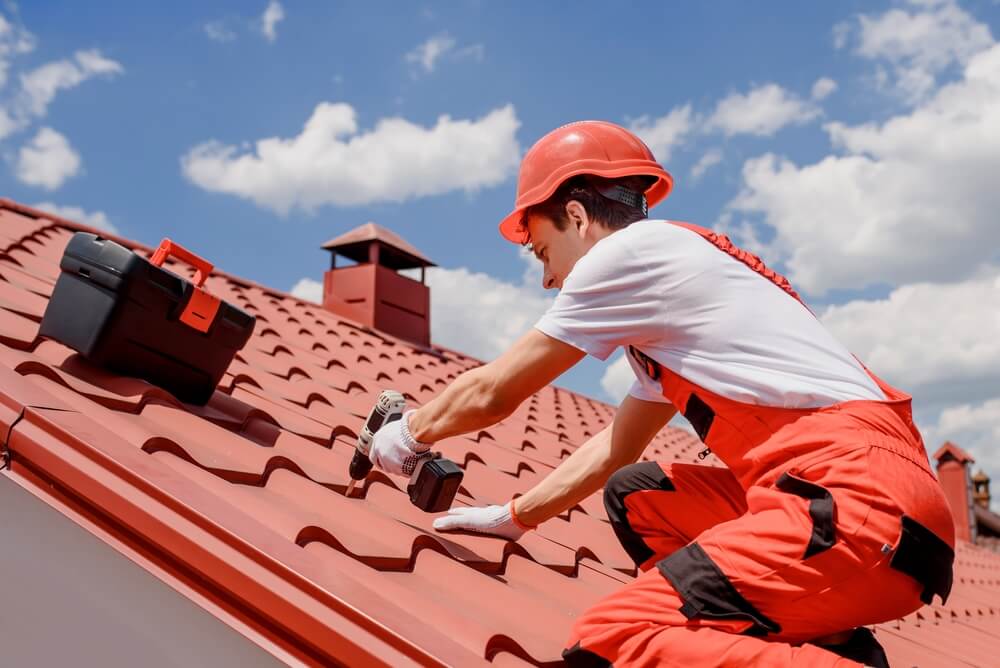
Prompt and effective storm damage roof repair is essential to safeguarding your home against the elements and preserving its value and structural integrity. By understanding the variables that can influence repair costs, conducting thorough assessments, and partnering with experienced professionals, you can navigate the repair process with confidence and ensure the long-term protection of your most valuable asset. If you need expert assistance, don’t hesitate to contact A to Z Construction today for reliable and comprehensive roofing solutions.
How Long Does Storm Damage Roof Repair Usually Take?
When your home’s roof suffers damage due to a storm, prompt repair is essential to prevent further issues such as water leaks, mold growth, and structural damage. In this guide, we’ll walk you through the process of storm damage roof repair, highlighting key steps and considerations along the way.
The Day of Roof Replacement
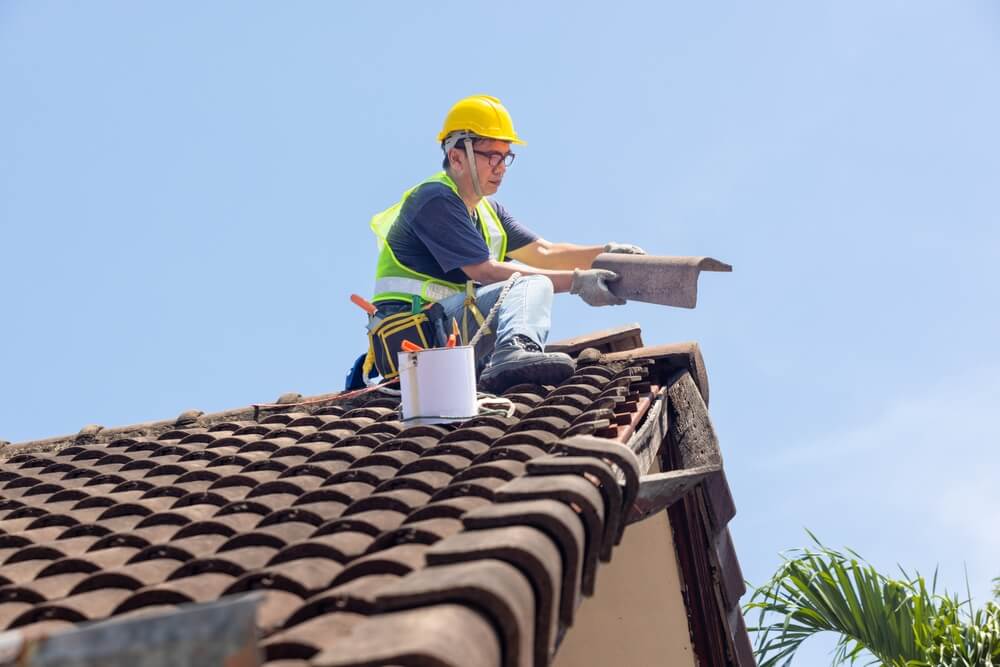
The day of getting your roof replaced is a crucial step in the repair process. Depending on the size of the roof and the extent of the damage, the replacement process typically takes about a day or two to complete. It’s essential to hire a reputable roofing contractor who can efficiently handle the job while ensuring quality workmanship.
Work and Insurance
When it comes to storm damage roof repair, navigating the complexities of insurance coverage is often a significant aspect. Your insurance company plays a crucial role in the repair process, as they may need to assess the damage, provide estimates, and approve the claim before work can commence. However, it’s important to note that some insurance companies may take longer to process claims, delaying the start of repairs.
Start to Finish Timeline
From the initial filing of the insurance claim to the completion of the roof repair, the timeline can vary depending on several factors. While the entire process may take a couple of months, the actual replacement of the roof itself should only take about a day or two. It’s essential to work closely with your roofing contractor and insurance provider to ensure a smooth and timely resolution.
Factors Influencing Timeline
Several factors can influence the timeline of storm damage roof repair. The size of the roof, the extent of the damage, and the availability of materials and labor all play a role in determining how long the process will take. Additionally, as mentioned earlier, the responsiveness of your insurance company can also impact the overall timeline.
Importance of Prompt Repair
Prompt repair of storm-damaged roofs is crucial to prevent further problems and protect your home’s integrity. Even minor damage can escalate quickly, leading to more extensive and costly repairs down the line. By addressing issues promptly and efficiently, you can minimize the risk of additional damage and ensure the longevity of your roof.
Choosing the Right Contractor
When undertaking storm damage roof repair, choosing the right contractor is paramount. Look for licensed and insured professionals with a proven track record of quality workmanship and customer satisfaction. Additionally, consider seeking recommendations from friends, family, or neighbors who have recently undergone similar repairs.
Conclusion
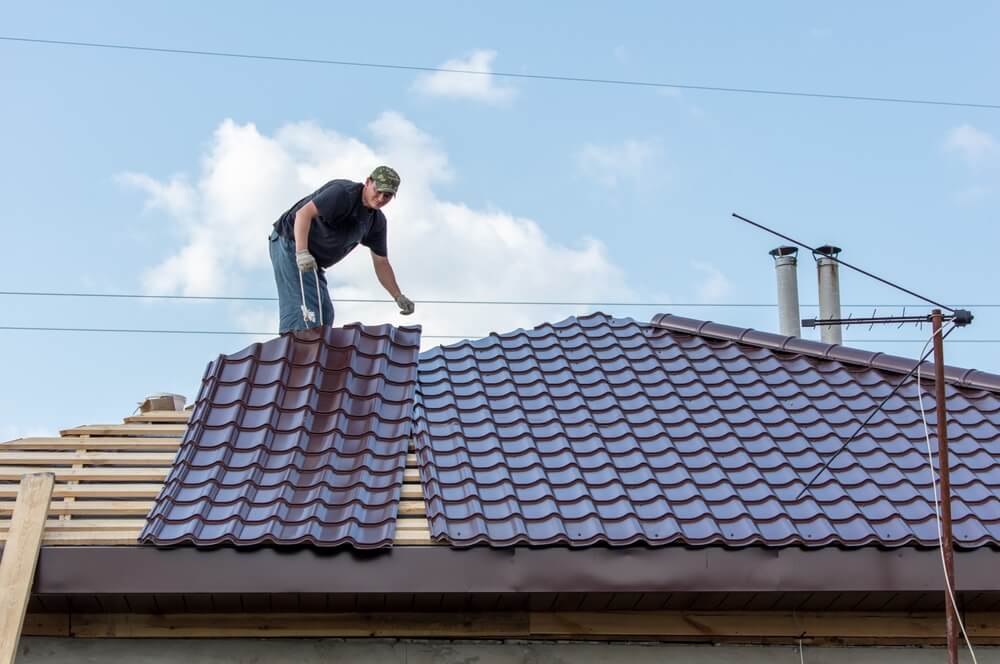
Storm damage roof repair is a process that requires careful attention to detail and timely action. From filing insurance claims to completing the replacement, every step plays a crucial role in restoring your home’s safety and security. By understanding the process and working with trusted professionals, you can navigate the repair process with confidence and peace of mind. By working with reputable contractors like A to Z Construction, you can navigate this process with confidence and peace of mind. Contact A to Z Construction today for personalized assistance tailored to your roofing needs.


